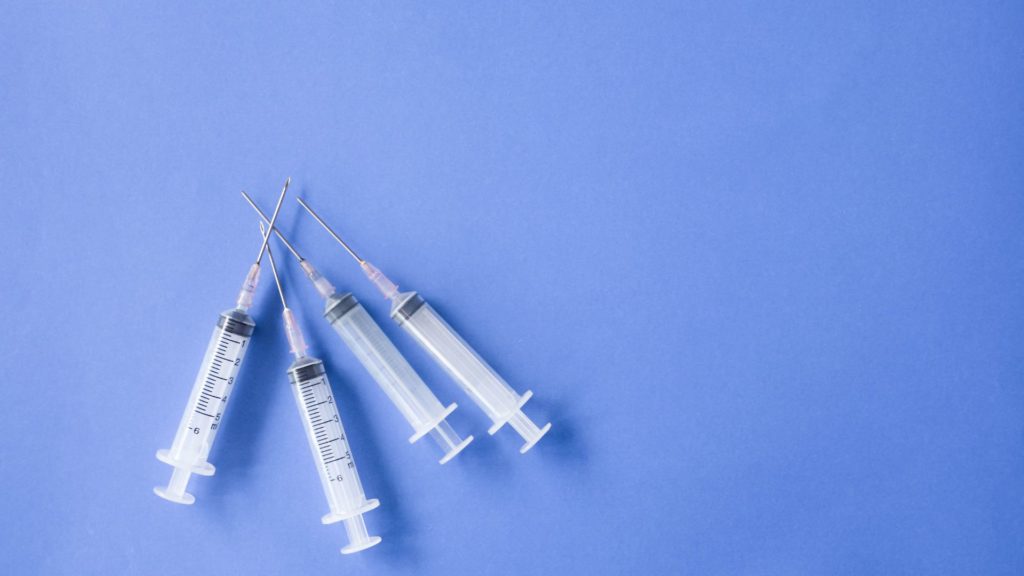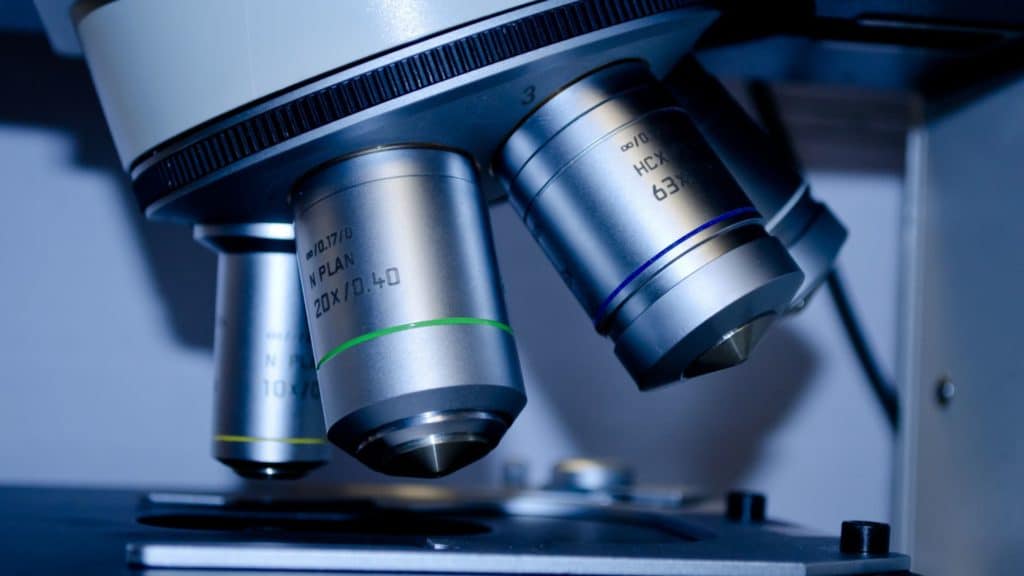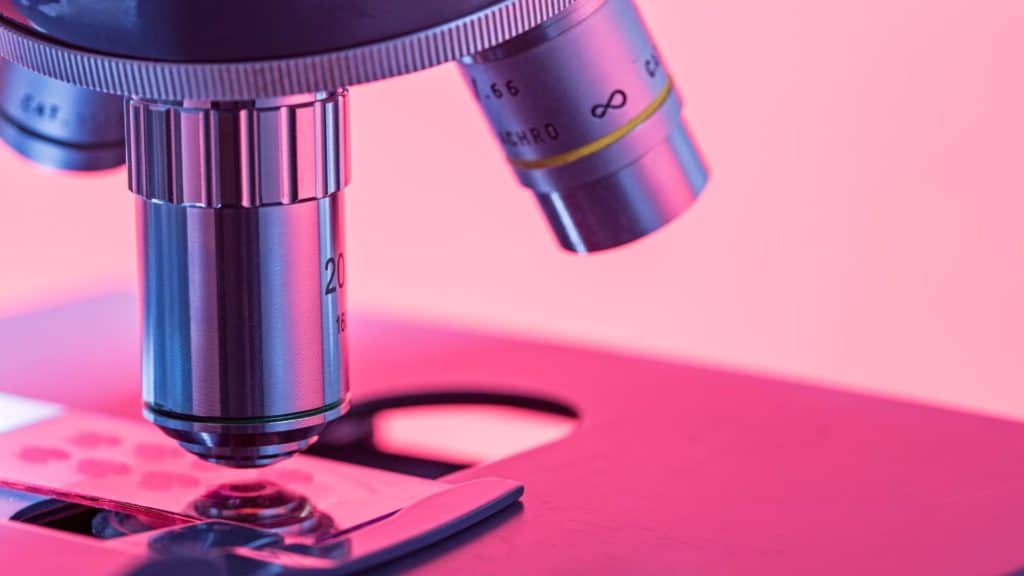So you’re interested in mushroom spore research? Welcome to the mycology community! As exciting as the research is, there are some helpful things to know before starting your journey. From knowing the difference between mushroom strains to avoiding mistakes with cubensis spores and how to handle mushroom spore syringes, this knowledge can improve your scientific experience with mushroom spores. As easy as it might seem to use mushroom spore syringes and apply spores to microscope slides, avoiding common mistakes in mycology is essential. Let’s start with some of the mushroom strains available and which ones you can find at Quality Spores.

Mushroom Strains
There are several different mushroom strains, each possessing varying properties. Here, we’ll briefly describe some of the most well-known strains, including mushroom, Psilocybe semilanceata, and Psilocybe cyanescens. While many more mushroom strains are in nature, we’ll focus on these for now.
Psilocybe Cubensis
mushroom spores are the most studied strains. There are many different types of mushroom spores that mycologists rely on for their research. These types include Golden Teacher, B+, and Penis Envy, just to name a few. This strain, in nature, has powerful special effects due to containing psilocybe. We offer more than 30 types of mushroom spores at Quality Spores for your research.
Psilocybe Semilanceata
Psilocybe semilanceata, also known as Liberty Caps, grows naturally in Europe and North America. Psilocybe semilanceata mushrooms have cone-shaped caps in nature and special effects because they contain psilocybe.
Psilocybe Cyanescens
The last of the standard mushroom spore strain we’ll review is Psilocybe cyanescens. Psilocybe cyanescens is also known as Wavy Caps. Compared to other mushrooms, they have a higher content of psilocybe and ps in nature. These spores are also very interesting to study.
At Quality Spores, you can pick from various mushroom spores. Each unique cubensis spore varies significantly in its properties. As you start your mycology journey, remember common mistakes with cubensis spores. When studying mushroom spores, it’s typical to make mistakes when working with spore syringes. It’s part of the process! Nevertheless, it’s good to prepare and learn how to avoid mistakes initially. We’ll discuss these mistakes next and how to avoid them for a smooth research experience.

Avoiding Mistakes With Cubensis Spores
When working with mushroom spore syringes, you want to try your best. However, sometimes things just go wrong. Here are some common mistakes and how to avoid them when studying spore syringes:
1. Lack of Sterility
A lack of sterility can compromise the quality of spores and, thus, your research experience. When you study spores, you want to ensure they’re healthy and don’t contain any contaminants. Follow the mushroom spore syringes’ directions for an excellent research experience.
2. Storage Issues
Storage issues can also affect the quality of the spores and your research. Following directions is the best way to make sure that they’re research-ready. Extreme temperatures, direct sunlight, or too much moisture aren’t ideal for mushroom spore syringes.
3. Using Low-Quality Spores
Studying low-quality spores can increase the chance of a bad research experience. Spore syringes do have an expiration date, so make sure to study them before they expire! Also, acquire spore syringes from trusted sources that regularly test their spores to guarantee quality and type. Our team at Quality Spores tests our spores to ensure our customers get high-quality spores for their studies.
4. Dirty Study Environment
A dirty study environment can compromise spore syringes’ sterility and more. A clean study environment can improve your research experience.
5. Bad Application Technique
Lastly, a poor application technique can change your scientific experience. Too shaky an application or too much spore solution to the microscope slide can make a mess and negatively affect your studies. Take your time when you begin your studies to get the most out of your scientific journey.
Now that we’ve detailed some common mistakes with spore syringes, you might wonder where to buy mushroom spores to start your research. Don’t worry– we’ll go through where to buy mushroom spores next!
Where to Buy Mushroom Spores
There’s a simple answer to where to buy mushroom spores. You can find them at trusted sources, of course! But how do you know you’re getting quality spores for research?
You probably can’t wait to start your mycology journey and wonder where to find mushroom spore syringes. You can look for online marketplaces. While there are many, not many sources test their spores for quality like us.
We believe in a great customer experience, whether you’re just starting as a hobbyist, mycologist, or an advanced researcher. Your scientific experience is essential to us, so we regularly test our spores to ensure you’re getting high-quality spore syringes. There are many spore sources online, but we dedicate ourselves to ensuring you have a great research experience, regardless of the spore strain you want to study.

Study Spores From Quality Spores
It’s all in the name! At Quality Spores, you’ll find, well, quality spores! We test 1mL out of every 10mL spore syringe to ensure our customers get the spores they want to study. An excellent research experience is essential, so we dedicate ourselves to offering only the best mushroom spores for mycology research and taxonomy purposes. Be sure to check your regional laws regarding the legality of purchasing spore syringes. Find something from our inventory and get started on your mycology journey today!
